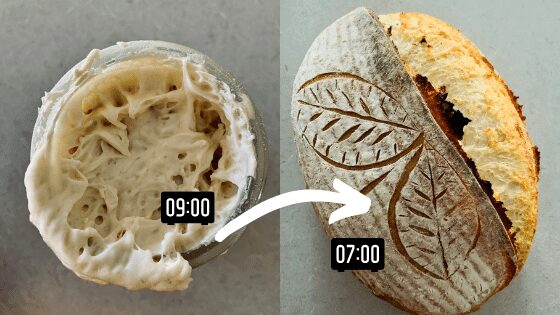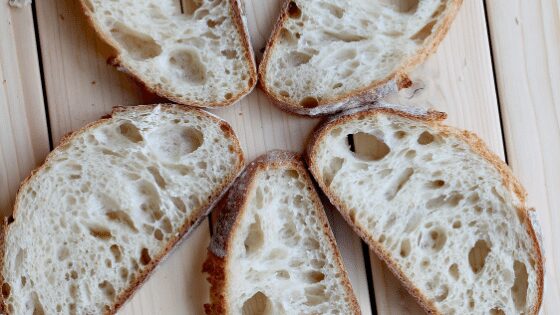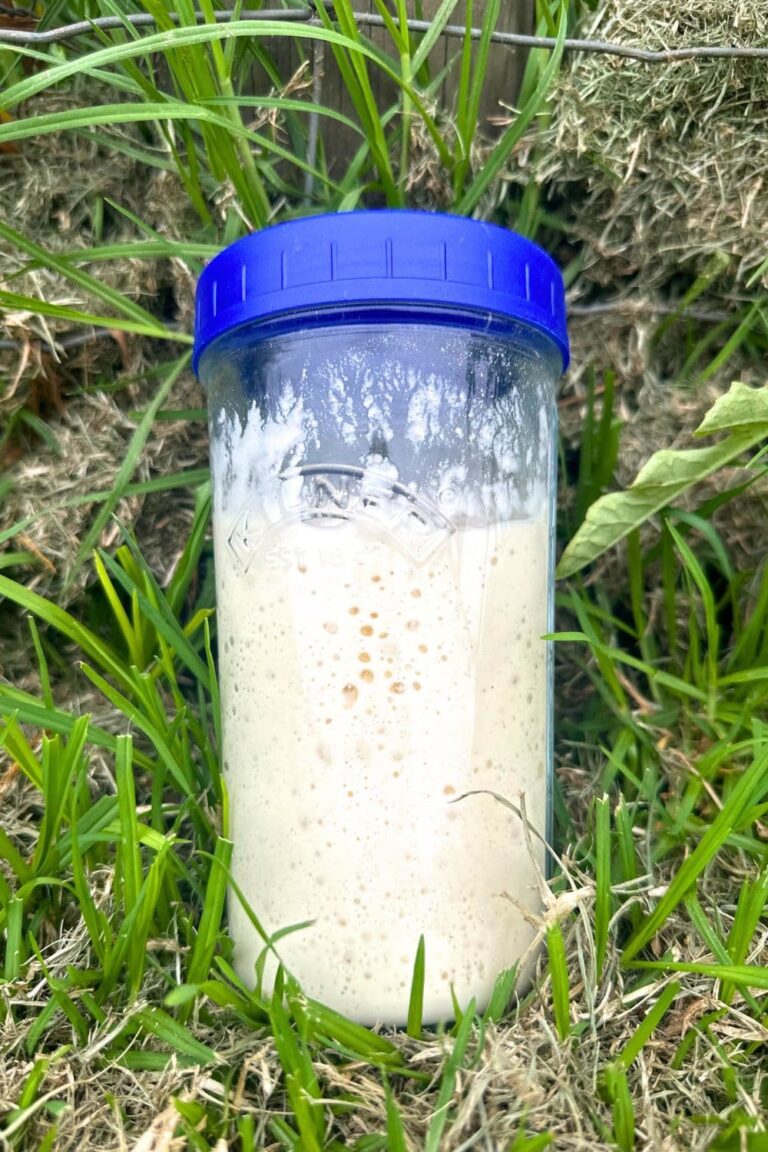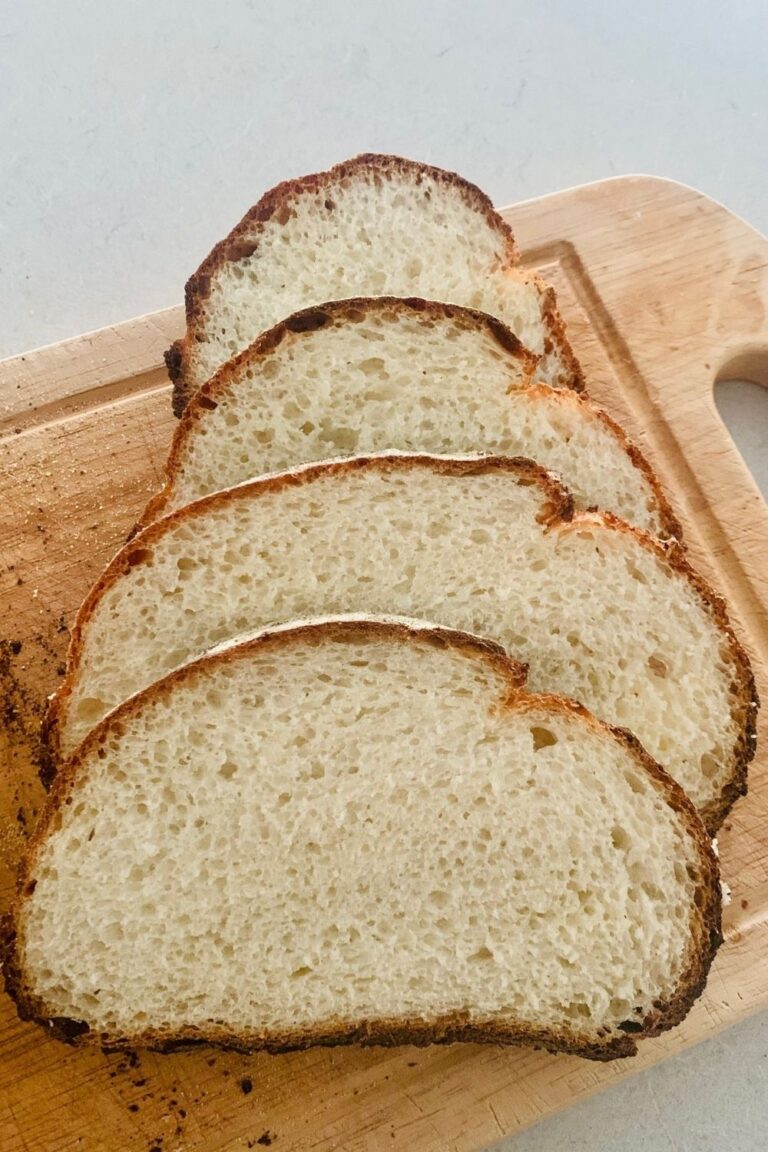Autolyse vs Fermentolyse: Which One Should You Use?
This post may contain affiliate links.
Have you ever wondered what the difference between autolyse and fermentolyse were? And which one should you actually be using when making sourdough bread?
In this article we will explore both methods of autolyse and fermentolyse and determine which one is right for you.
Understanding more about autolyse and fermentolyse, and the reasons behind each one, will give you the tools to bake better sourdough.
Here's a simple sourdough starter recipe and an easy sourdough bread recipe.
What Is Autolyse?
Autolyse (pron. auto-leze) refers to the process of combining flour with water. Sounds simple right?
But this simple act of combining flour and water starts off many reactions within your sourdough.
The autolyse process allows the flour to fully absorb the water creating a smoother, more elastic dough.
Upon hydration, the enzymes in your flour (protease, amylase) become activated and begin gluten development.
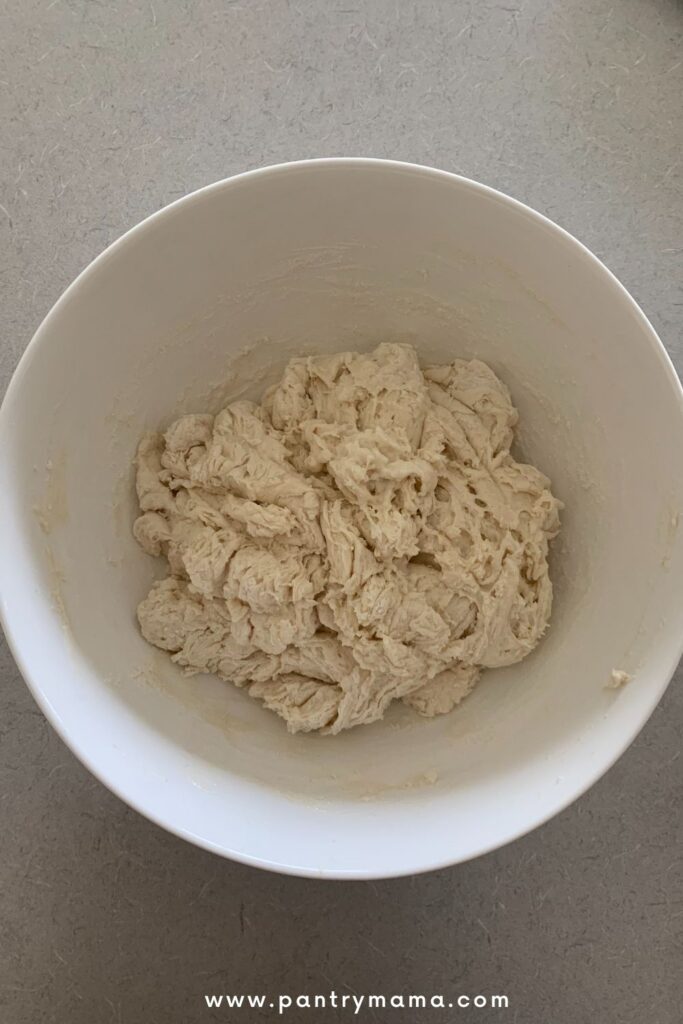
What Is Fermentolyse?
Fermentolyse (pron. ferment-o-leze) refers to an autolyse where sourdough starter is added at the beginning of the autolyse.
Salt is often added at this point too, but it's not essential for fermentolyse.
This type of autolyse is becoming more and more popular because it means that you don't have a chance of forgetting to add the starter or salt to the dough.
Adding sourdough starter to flour and water also signifies that fermentation is commencing. This is important to note as it will affect bulk fermentation.
I use the fermentolyse process in my simple sourdough recipe.
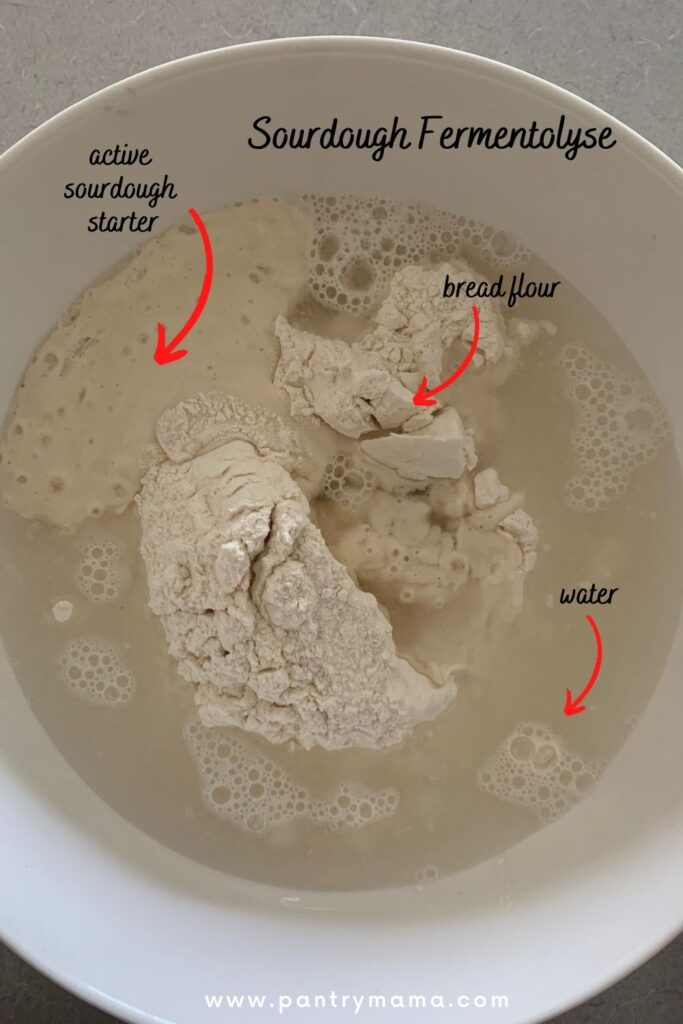
So the difference is that fermentolyse refers to a dough autolysis with starter added.
For more sourdough terms explained, check out this extensive sourdough glossary.
Benefits of Sourdough Autolyse
What are the benefits of autolyse? Why take that extra time to perform this step?
Well, whether you like it or not, the autolyse process does have some benefits (however you'll see further down that the fermentolyse actually shares these benefits).
- gives the ability to work with more whole grains
- allows you to bake higher hydration sourdough
- produces a smoother, more elastic dough
- creates a stronger gluten network
- reduces kneading time (if kneading is your thing)
- stretching and folding is much easier
- can help with oven spring
- contributes to a more open crumb sourdough
- gives you a deeper, darker crust
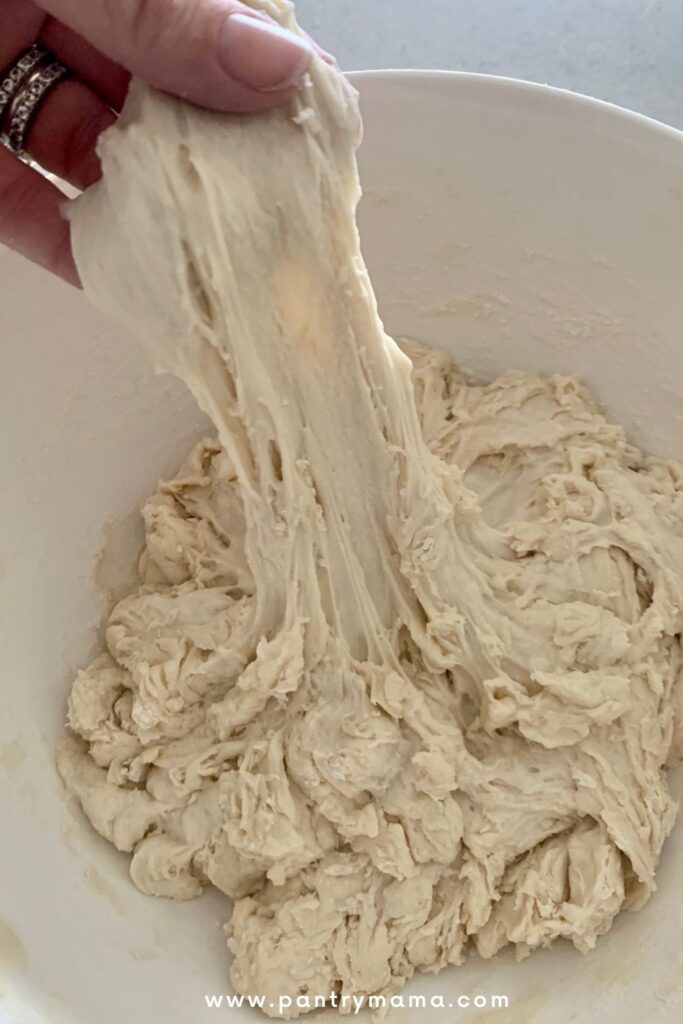
Do You Need Autolyse To Bake Good Sourdough Bread?
It depends ...
Now it would be easy to say yes or no in this situation, but the truth of the matter is that it depends on what you constitute as good sourdough bread and of course what flour you're using.
In general, bread flour doesn't really need a lengthy autolyse or fermentolyse.
In fact you could do a very short 10 - 15 minutes fermentolyse and still bake great sourdough.
Yes, you can argue that it might not have a huge, lacy crumb and maybe it could have better oven spring ... but if it still tastes great and pleases you & you're family, then it's good sourdough bread!
If you're using a whole wheat or whole grain flour, then it is advisable to conduct an autolyse.
That's because this type of flour takes a bit of time to absorb the water.
You will be rewarded with better dough and in turn, better sourdough bread in this instance.
Can You Autolyse For Too Long?
Yes you can autolyse for too long.
If you're using bread flour, an autolyse of 1 hour is more than enough.
If you're using whole grain or whole wheat flour then at least one hour and up to 5 hours is perfect.
Going past this time frame will not add any benefits to your bake and in fact can cause problems with your sourdough bake.
A lengthy autolyse can result in wet, sticky dough that's impossible to work with.
Can You Autolyse In The Fridge Overnight?
No - as above, autolyse does not need to be this long.
There's really no advantage to autolysing overnight. It will not benefit your bake in any way.
If you want to utilise overnight, you are much better off using this time to bulk ferment your dough on the counter top.
This will mean you can autolyse or fermentolyse earlier in the evening and leave the dough to ferment while you sleep. Then you can shape when you wake and cold ferment before baking.
Overnight bulk fermentation is a popular choice when creating a sourdough baking timeline. It enables you to schedule sourdough around your life.
For more sourdough scheduling tips and tricks, check out my e-book, Scheduling Sourdough.
Can You Autolyse With Butter, Milk or Oil?
You can definitely autolyse with milk. Just be aware of the temperature of your kitchen because milk can definitely sour at warmer temps.
I would keep the autolyse short when using milk - up to one hour is fine.
Reserve butter and oil for after the autolyse. You want the flour to be fully hydrated and butter and oil can hinder this process.
Do You Have To Use Water?
When autolysing flour, you need to use a water based liquid (or milk). You could use coffee, tea, fruit juice or anything that has a component of water.
Here are some examples of bread that use liquids other than water.
- Coffee sourdough bread uses coffee for the autolyse.
- Use beer for the autolyse in this sourdough beer bread.
- Whey can be utilised for autolyse in this whey sourdough bread.
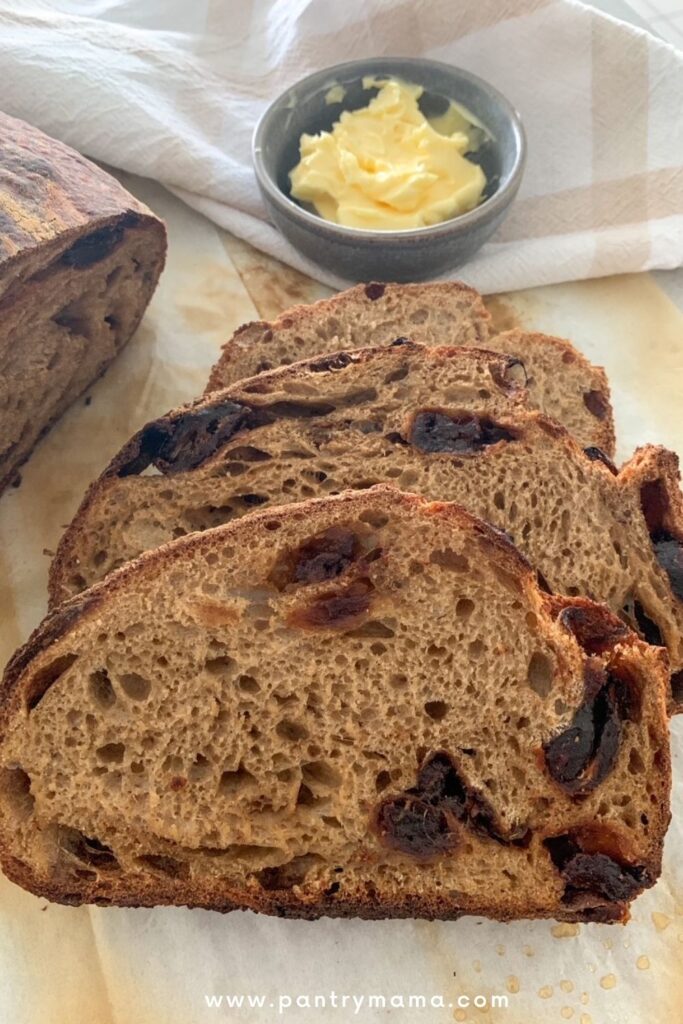
Which Flours Need A Long Autolyse?
In general, whole wheat and whole grain flours need a longer autolyse. One to 5 hours is sufficient for this.
In particular, freshly milled flour will require a longer autolyse to ensure that the water is able to penetrate the grains.
Flours that require a longer autolyse (and will reward you with better dough for taking the time to do it):
- Whole Wheat Flour
- Sprouted Whole Wheat Flour
- White Whole Wheat Flour
- Rye Flour
- Einkorn Flour
- Freshly milled grains (eg if you mill your own wheat berries).
Spelt flour doesn't need an extensive autolyse - treat it the same as you would bread flour.
Does Salt Affect Sourdough Autolyse?
While many people prefer to add the salt after the autolyse, it actually has no negative effects on the process if it's added with the flour, water and starter.
It is essentially much easier to add the salt along with the water as this helps to dissolve and evenly distribute the salt through the dough.
Adding it after autolyse can be a pain as you need to massage it through your dough. It can be ok if you are using a stand mixer or Thermomix, but there's really no need to hold it back.
Adding it during the autolyse process also reduces the risk that you'll forget to add it later ... and end up with over fermented, tasteless bread!
Salt actually helps to strengthen the gluten network in your sourdough so adding it at autolyse can actually help you dough rather than hinder it!
Autolyse vs Fermentolyse - Which is Better?
There really is no difference between performing an autolyse or fermentolyse in terms of the sourdough it produces.
It really comes down to personal preference.
If you're looking for convenience, that doesn't actually hinder the outcome, then fermentolyse is definitely a process you should adopt.
It gives you all the benefits of autolyse, without the dangers of forgetting to add your starter or salt.
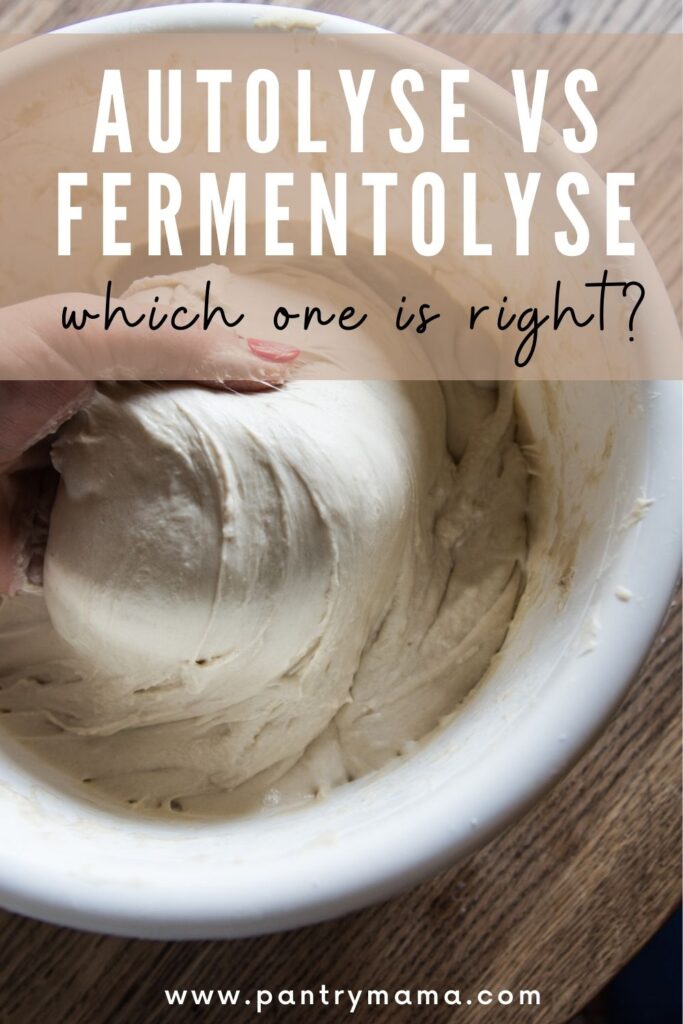
Further Reading
If you found this article exploring autolyse vs fermentolyse interesting, you'll love these ideas:
- Let's look at bulk ferment vs cold ferment.
- The role of salt in sourdough bread ... and what to do if you forget to add it.


